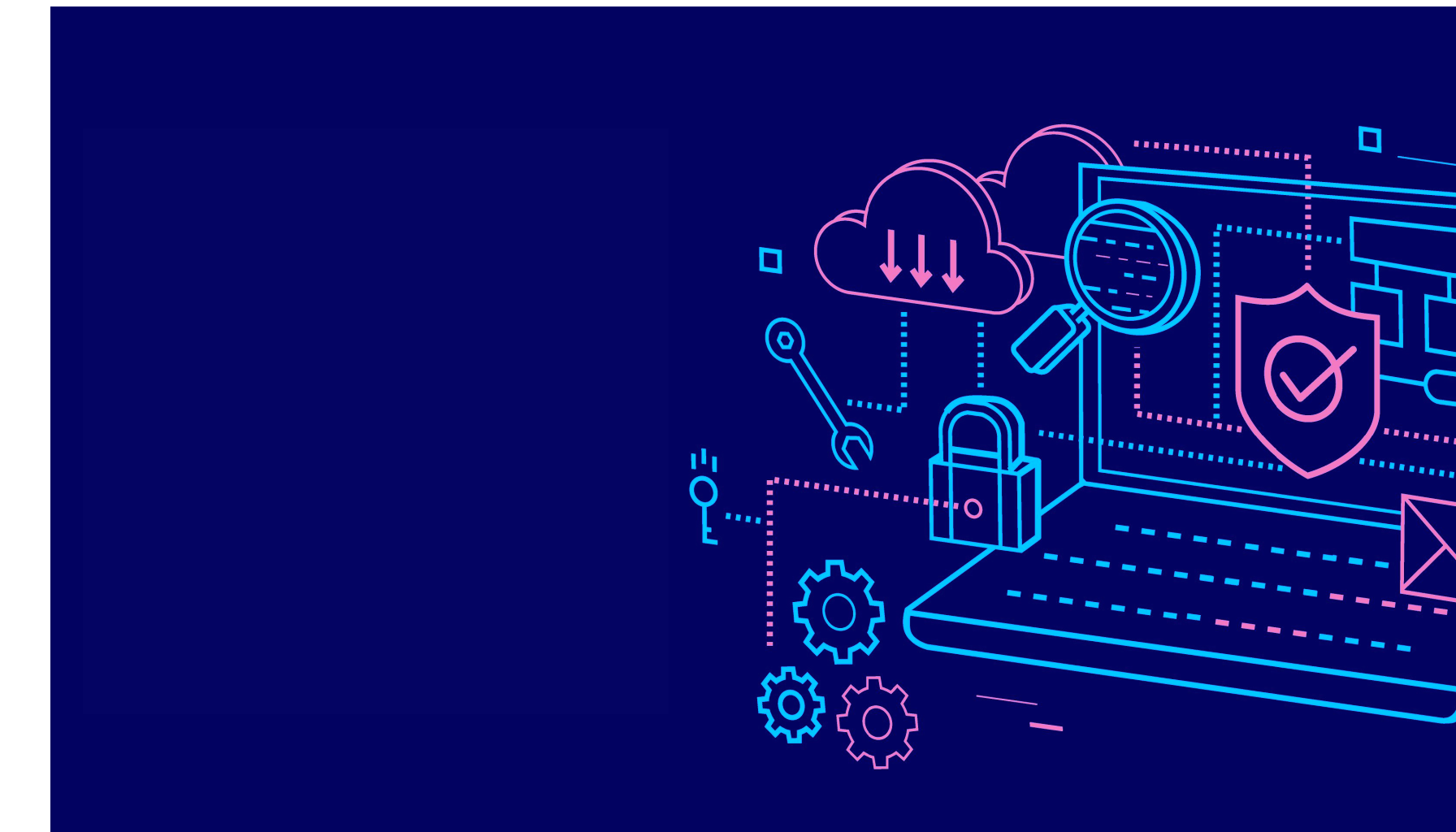
By simulating real-world attacks on runtime applications, DAST (Dynamic Application Security Testing) has become an essential part of modern application security strategies. DAST scans running applications for security vulnerabilities like SQL injection, XSS, and authentication flaws, complementing SAST and SCA and providing a holistic picture of application security.
This blog post will walk you through seven best practices for leveraging DAST effectively, from selecting the right tools to embedding dynamic testing into your continuous integration pipelines. Whether you’re a developer, DevSecOps, or part of an AppSec team, this guide will help you safeguard your applications.
What is DAST?
Dynamic Application Security Testing (DAST) checks applications for security vulnerabilities and malware in runtime. This enables AppSec teams and developers to scan and remediate issues on live applications. Unlike SAST, which analyzes source code, and SCA, which evaluates open-source dependencies, DAST tests the actual deployed application—uncovering issues related to configuration, runtime behavior, and user interaction.
Why DAST Matters in Modern Application Security
Modern applications are dynamic and complex, relying on APIs, third-party services, and rapidly changing code. Many security flaws—especially those related to session management, access control, and user input—only surface when the app is running. DAST fills this gap by identifying vulnerabilities that static scans might miss, helping you validate your application’s real-world security posture.
7 DAST Best Practices for 2025
If you’re using DAST or looking to find a DAST provider, we recommend taking the following tips into consideration:
1. Choose the Right Tools
Your security posture depends on the efficacy of your DAST solution. Since there are many tools in the market, choosing the right one can be confusing. It is important to select a tool that aligns with your technology stack, industry requirements, specific use cases and risk tolerance, provide robust CI/CD integrations, and offer detailed reporting for remediation. .
From a security perspective, leveraging a DAST solution that integrates with complementary AppSec capabilities—such as SAST, SCA, API testing, and Container Security. This consolidated approach not only streamlines security management and maintenance but also delivers consistent and robust security from code to cloud.
2. Find a Solution That Can Overcome Authentication
Enterprise applications often require login credentials, session management and MFA to access protected areas. But DAST tools still need to be able to identify vulnerabilities in these environments. Doing so requires DAST to incorporate advanced authentication methods, like browser-based or session recorders, that enable scanning these diverse environments. This will ensure comprehensive scanning and protection without missing vulnerabilities.
3. Test Continuously
Security is not a one-time activity. To catch security flaws and reduce risk, testing should occur automatically, continuously and as early as possible in the SDLC, as part of your CI/CD pipelines. This will reduce the risk of exploitable vulnerabilities reaching production, and allowing your team to address issues quickly before they escalate.
In some cases, enterprises test occasionally. For example, only after major deployments, before annual assessments or quarterly compliance audits, or when engineering teams manually decide to do so. Continuous and automated testing ensures every new code change is tested before deployment, significantly reducing risk and costs of fixing security-related bugs.
4. Prioritize Vulnerabilities Based on Exploitability
Not all vulnerabilities are created equal. Traditional vulnerability management often focuses on risk levels rather than exploitability. This leads to time wasted on issues that have no or little business impact, compared to those that impact mission-critical systems.
Using frameworks like CVSS (Common Vulnerability Scoring System) is an important step, but only the first one. In runtime applications, runtime context (e.g., exposed endpoints, data sensitivity, likelihood of attack) should guide prioritization.. Also consider operational and financial impact, vulnerability severity, resources required to remediate and impact on the entire application.
5. Optimize Scan Performance
A poorly optimized scan can slow down development, create noise with false positives, or even miss critical vulnerabilities. DAST scanners should employ advanced crawling techniques that can reach all application pages, including those behind login pages or those that require MFA. In addition, crawling should support dynamic content, provide comprehensive coverage of the application and run incrementally to cover recently changed code and high-risk areas.
6. Test in Staging
While DAST testing covers runtime applications, testing should take place in staging environments. This will help avoid potential downtime and disruptions for live users, while testing an environment that is a close replica of production. As a result, testing can safely cover edge cases, happy paths and complex scenarios while identifying vulnerabilities in a timely manner.
7. Remediate and Retest
Remediating identified vulnerabilities involves resolving the issues and deploying the necessary fixes across all affected systems. Following this, retesting is conducted to ensure that the vulnerabilities have been fully addressed and no new issues have emerged. This proactive approach helps sustain a robust security posture aligned with the stringent standards required in a corporate AppSec environment.
Get to Know Checkmarx DAST
Checkmarx DAST is a dynamic application security testing solution designed to automatically scan live web applications for vulnerabilities. Checkmarx provides insights and actionable remediation guidance, making it easier for development and security teams to integrate continuous security checks into their CI/CD pipelines. This approach is especially effective for organizations looking to stay ahead of potential threats without slowing down their deployment cycles.
Checkmarx DAST includes:
- Automated dynamic scanning for live web applications
- Real-time identification of vulnerabilities such as SQL injection and cross-site scripting
- Actionable, detailed reports to guide swift remediation,
- Seamless integration with CI/CD pipelines for continuous security testing
- Enhanced visibility into your application’s security posture during runtime
- DAST as part of broader application security platform, for a robust application security strategy